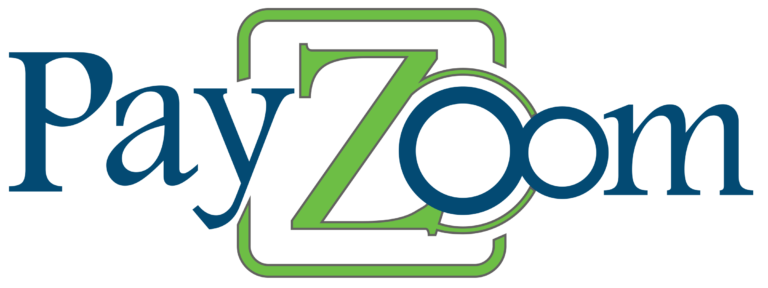Surcharge Rules and Regulations
On January 27, 2013, Visa and MasterCard officially allow Merchants to pass a Surcharge to their customers for the use of their card brand as a convenience to purchase. Here are 7 Dos and Don’ts regarding Surcharges:
First, Check to see if a Convenience Fee is allowed by your State. Here is a list of states that prohibits Convenience Fees:
■ Connecticut
■ Maine
■ Massachusetts
■ Oklahoma
2nd, You must give Visa and MC a 30 Day Written Notice that you plan to charge a Surcharge. You should contact your current Credit Card Processing Company to start the process.
3rd, In order to calculate the allowable surcharge for your business, you must calculate your current “effective rate”. Visa and MC state that you cannot charge more than 4% but you also cannot profit from the surcharge. In order to calculate your average “effective rate” take the total you were charged to process all payments–excluding American Express and PIN Debit, and divide it by your total sales volume, again, excluding American Express and PIN Debit. If you’ve been in business for more than one year, you must use the previous 12 month’s statements. If you’ve been in business less than one year, you can simply use your previous month’s processing statement for calculation. Your Credit Card Processor may require that THEY set the allowable Surcharge for your business.
Definition:
Effective Rate: The effective rate is the aggregate of all fees charged to process your electronic payments in any given time-period, though usually calculated monthly, then converted to a percentage.
Here’s an example of how to calculate your “effective rate”: if your total fees to process Credit Cards (Visa, MC and Discover) last month was $250 and your total volume was $10,000 take ($250/$10,000 = .025 or 2.5%) In this scenario, 2.5% is the effective rate and thus the allowable surcharge for your business.
4th. You must post that you charge a convenience fee at the front of your store or Point of Entrance (POE), at each Point-of-Sale (POS) and on your receipts. In essence, wherever you receive payments, you must post signage stating that you charge a surcharge.
5th. You may NOT charge a surcharge on PIN Debit transactions or Visa/MC Debit transactions or Pre-Paid Visa/MC Cards.
6th. You must charge the same surcharge for ALL transactions. The surcharge cannot fluctuate either higher or lower because of:
Card Brand such as Visa or MC or Discover
Card Type: such as a Corporate Card or Rewards Card/Loyalty Card
Size of Transaction: Believe it or not, the smaller the transaction, the higher the “effective rate” due to transaction fees associated with most Credit Cards, many times a merchant like a coffee shop with an average sale of $8-$10 will pay a much higher “effective rate” because of the inherent transaction fees built into each transaction from Visa/MC. Those pennies add to bigger percentages when the transaction size is small.
7th: Check out your competition. Make sure charging a surcharge is wise for your business. There’s always more than one way to accomplish your goals.
You can easily give a discount for cash (yes, that’s allowed)
Prefer one card brand over another–for example, post that you prefer people to pay with Visa or their Debit Card.
Make smaller transactions (Under $10 is permissible) “cash only”.
